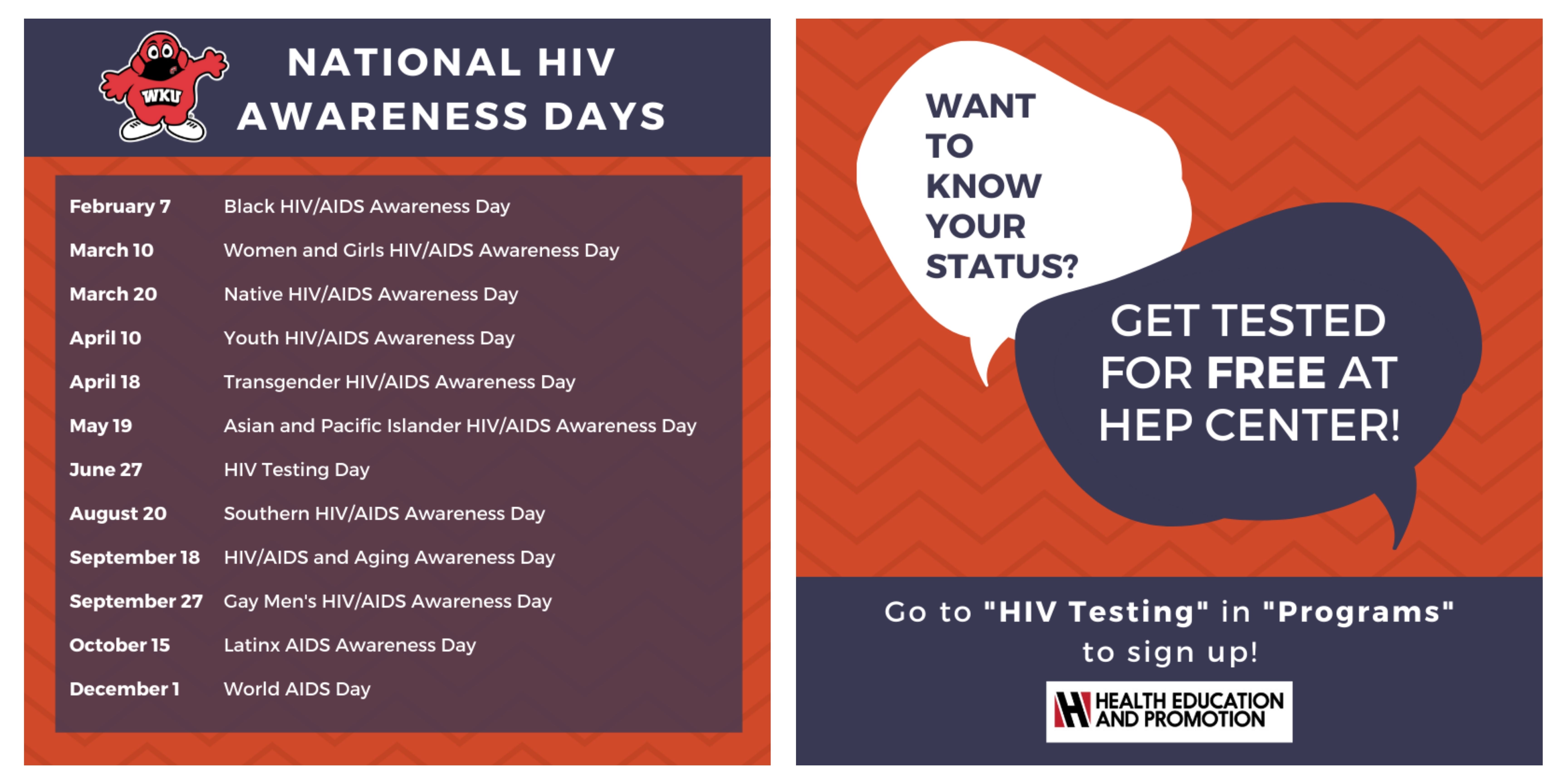HIV

Human Immunodeficiency Virus (HIV)
This virus attacks and weakens the immune system – specifically the helper T-cells – and makes it easier to contract other diseases that your body could normally fight. These diseases are called opportunistic infections, and they are fatal for people with weakened immune systems. Some examples of opportunistic infections are foodborne illnesses, yeast infections, or bacteria that mark the onset, or beginning, of Acquired Immunodeficiency Syndrome (AIDS).
HIV vs. AIDS
HIV is transmitted, or passed from one person to another, with person-to-person contact. AIDS is the disease (not a virus) caused by HIV, which appears when the T-cell count is too low or when an opportunistic infection is contracted. For example, tuberculosis and toxoplasmosis (normally treatable conditions) are AIDS-defining diseases in a person with HIV.
Blood, semen (cum), pre-seminal fluid (pre-cum), rectal fluids, vaginal fluids, and breast milk are the fluids through which HIV is transmitted.
These fluids must come in contact with a mucous membrane (inside the rectum, vagina, penis, and mouth), damaged tissue, or be directly injected into the bloodstream (from a needle or syringe).
This means HIV is only transmittable through specific activities, the primary ones being risky sexual behaviors and with drug injection equipment.
High-Risk Transmission Activities
- Without protection like condoms or HIV medicine, HIV is transmitted through vaginal sex and anal sex
- Through pregnancy, birth, or breastfeeding, HIV can spread from mother to child. (This has become less common due to HIV testing and medicine available).
- Sharing drug injection equipment with someone who is HIV-positive puts you at high risk for getting HIV
Low-Risk Transmission Activities (note: this does not hold true for other STDs)
- Having oral sex
- Deep open-mouth kissing
- Receiving medical care
- Getting tattoos or body piercings
Not Transmitted by…
- Saliva, tears, or sweat
- Hugging, shaking hands, sharing toilets, or sharing dishes
- Closed-mouth or “social” kissing with someone who has HIV
- Mosquitos, ticks, or other insects
For a longer and more detailed list about these transmission activities, visit the CDC’s page on Ways HIV Can Be Transmitted. More information about HIV transmission can be found here.
Because the signs of HIV are present in other illnesses, it is easy to over or under-diagnose oneself with the infection.
Most symptoms develop around 2 to 4 weeks of having an HIV infection. If they last for a few days or up to several weeks, this is known as the first stage of HIV, an acute HIV infection. Some people may be asymptomatic, meaning they present no symptoms or do not feel sick.
Most of the symptoms look like the flu:
- Chills
- Fatigue
- Fever
- Mouth ulcers
- Muscle aches
- Night sweats
- Rash
- Sore throat
- Swollen lymph nodes
If you have these symptoms and were possibly exposed to HIV, see a physician as soon as possible and ask to get tested!
The second stage of HIV, chronic HIV infection, is asymptomatic and can be dormant for years. During this stage, the viral load - how much a virus is present in the bloodstream - is at very low levels. Infected persons may or may not show symptoms, but the virus is still active and transmittable!
(NOTE: HIV is treatable in this stage! People who take HIV medication as prescribed may never get AIDS.)
Without medicine, the disease could progress quickly or slowly accumulate over a long period of time (sometimes longer than a decade). If the viral load gets high enough and the T-cell count drops significantly, the infection moves to the third stage, AIDS disease.
In short… if you are positive for HIV, it is in your BEST interest to get treatment sooner rather than later!
Using condoms, abstinence (not having sex), and never sharing needles are the best ways to avoid getting HIV. Regularly getting tested also helps you stay aware!
Protecting Yourself
- Choose less risky sexual activities like oral sex
- Reduce your number of sexual partners
- Use condoms correctly
- Take PrEP (pre-exposure prophylaxis) to prevent an HIV infection from sex or injection drug use
- If it is an emergency, take PEP (post-exposure prophylaxis) within 72 hours of exposure to HIV
Protecting Others
- For those who have HIV... get care with antiretroviral therapy (ART) to reduce the viral load of HIV in the blood.
- ART can lower the viral load so much, that it becomes undetectable! With an undetectable viral load, there is very little risk of transmitting HIV to an HIV-negative partner through sex, sharing drug injection tools, or from mother to child.
- For those who do not have HIV... talk to your doctor about PrEP medicine if you are HIV-negative and considering an ongoing sexual relationship with someone
who is HIV-positive.
- PrEP also should be considered if you aren’t in a mutually monogamous relationship and you engage in risky sexual behaviors.
Learn more about how to protect yourself and get information tailored to meet your needs from CDC’s HIV Risk Reduction Tool.
Many people are unaware they have HIV, specifically 13 % of 1.2 million HIV-positive individuals in the U.S. The only way to know for sure if you have HIV is to get tested. You can visit any health center to schedule an appointment or do it on campus.
The Health Education and Promotion Center has FREE confidential testing once a month each semester (usually on Tuesday mornings).
Check out our HIV testing calendar to schedule an appointment or contact HEP at healthed@wku.edu or (270) 745-4491 with any questions.
![]()
For more information, please visit:
Planned Parenthood - What is HIV and AIDS?
Center for Disease Control and Prevention (CDC) - About HIV
U.S. Statistics - HIV Data and Trends
Affordable Living - Supporting College Students Living with HIV
Some of the links on this page may require additional software to view.

